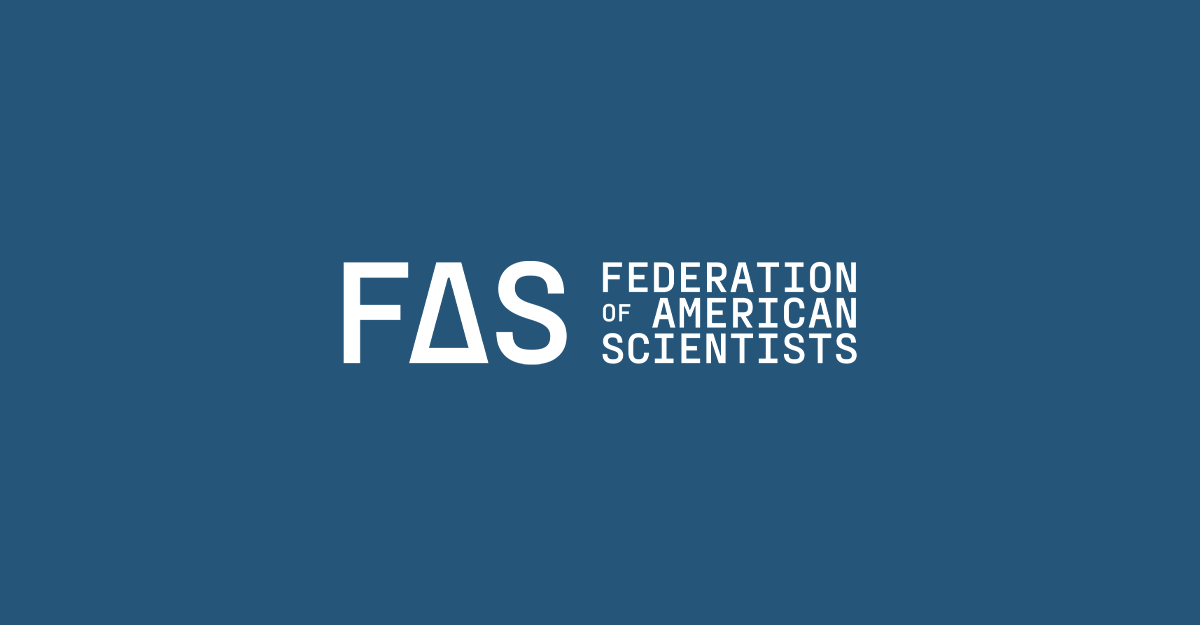
Position on H.R. 8656 – Modernizing Wildfire Safety and Prevention Act
The Federation of American Scientists strongly supports H.R. 8656.
The Modernizing Wildfire Safety and Prevention Act would combat firefighter shortages by establishing a new Middle Fire Leaders Academy and grant programs to train and hire more firefighters and retain expert wildland firefighters with increased benefits and better working conditions. The bill would establish the Joint Office of the Fire Environment Center to improve fire response time with updated technology like developing risk maps and establishing. Lastly, it would address the public health crisis caused by wildfire smoke by establishing a nationwide real-time air quality monitoring and alert system.
“As the wildfire crisis continues to grow in size and severity, our solutions must be ambitious to meet the moment. The Wildland Fire Mitigation and Management Commission developed 148 non-partisan policy recommendations to tackle this crisis and the Modernizing Wildfire Safety and Prevention Act is a bold and bipartisan package that incorporates a number of the Commission’s recommendations.” said Daniel Correa, Chief Executive Officer of the Federation of American Scientists. “Rep. Harder, Rep. Franklin and Rep. Neguse have put forth a multi-pronged innovative approach to tackle the wildfire crisis. In particular, the creation of the Fire Environment Center is a game changer for land and fuels management, community risk reduction, fire management and response.”
For more information contact James Campbell, Wildfire Policy Specialist, at jcampbell@fas.org.
This year’s Red Sky Summit was an opportunity to further consider what the role of fire tech can and should be – and how public policy can support its development, scaling, and application.
Promising examples of progress are emerging from the Boston metropolitan area that show the power of partnership between researchers, government officials, practitioners, and community-based organizations.
FAS supports the bipartisan Regional Leadership in Wildland Fire Research Act under review in the House, just as we supported the earlier Senate version. Rep. David Min (D-CA) and Rep. Gabe Evans (R-CO) are leading the bill.
The current wildfire management system is inadequate in the face of increasingly severe and damaging wildfires. Change is urgently needed